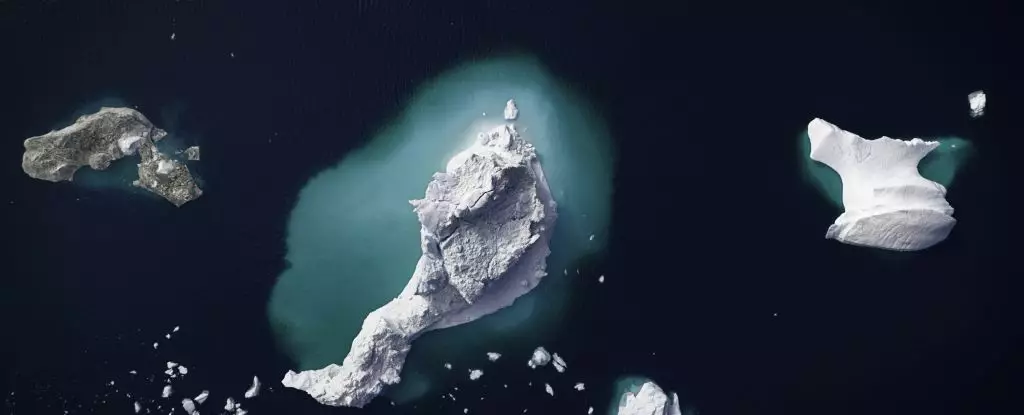The repercussions of global warming are far-reaching and unpredictable, as evidenced by a recent study that uncovered an unexpected consequence of melting polar ice caps. The redistribution of mass caused by this phenomenon is not only altering the face of the Earth but also impacting the planet’s rotation rate, a revelation that has significant implications for global timekeeping systems.
The Significance of Earth’s Rotation
Earth’s rotation is a fundamental aspect of our daily lives, governing the passage of time and influencing various activities ranging from communication to financial transactions. Coordinated universal time (UTC), the standard by which time is regulated globally, is based on the precise measurement of Earth’s rotation using atomic clocks. However, the variability in Earth’s rotation necessitates occasional adjustments, such as the addition of leap seconds to UTC to ensure synchronization with International Atomic Time (TAI).
Recent observations by geophysicist Duncan Agnew indicate that the melting of polar ice caps is directly impacting Earth’s rotation by altering its mass distribution. As ice in regions like Greenland and Antarctica melts, the resulting influx of water into the oceans causes a redistribution of mass on Earth’s surface, leading to subtle changes in the planet’s rotation rate. This unforeseen consequence underscores the profound influence of global warming on the Earth’s natural processes.
The revelation that a negative leap second, originally projected for 2026, may now be postponed until 2029 due to the effects of polar ice melting highlights the interconnectedness of environmental changes and technological systems. The potential disruption to global timekeeping systems caused by a negative leap second poses significant challenges, as many existing technologies are ill-equipped to accommodate such a change. Agnew’s findings underscore the necessity of adapting timekeeping mechanisms to account for the dynamic nature of Earth’s rotation in the face of climate change.
In light of the accelerating pace of polar ice melting and its implications for Earth’s rotation, there is a growing need to reassess existing timekeeping protocols. While the concept of leap seconds has served as a reliable method for adjusting UTC in response to variations in Earth’s rotation, the current trend of mass redistribution due to melting ice caps suggests the need for a more robust and forward-thinking approach. Agnew’s proposal to eliminate the possibility of negative leap seconds and explore alternative strategies for maintaining time accuracy in a changing environment offers a glimpse into the future of global timekeeping.
The study on the impact of melting polar ice on Earth’s rotation sheds light on the intricate relationship between environmental changes and scientific measurements. As we navigate the complexities of a warming world, it becomes increasingly evident that our understanding of time and space is subject to the forces of nature. By recognizing the influence of global warming on Earth’s rotation and taking proactive steps to adapt to these changes, we can ensure the continued reliability and precision of global timekeeping systems in the years to come.


Leave a Reply